+91-9971035318 | +91-9711370320
info@tsoiindia.com
India is completely different from any other country with its diverse mix of peoples, climates, scenery, religions, and cultural influences. It can be inspiring, moving and, at times even infuriating. In order to enjoy your tour to the maximum, do go with an open mind; and perhaps without drawing comparisons with any other destination or culture.

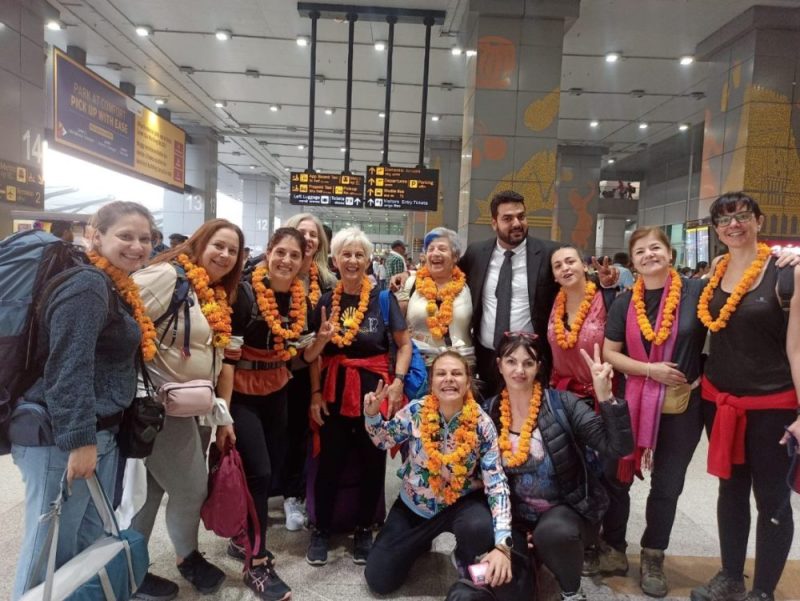
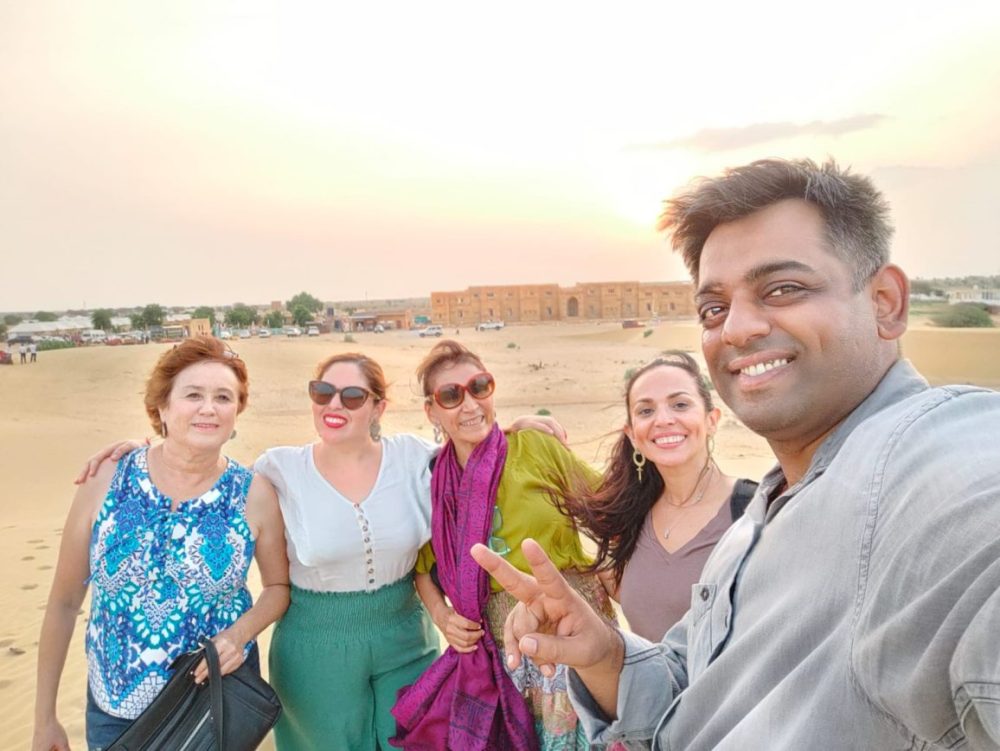
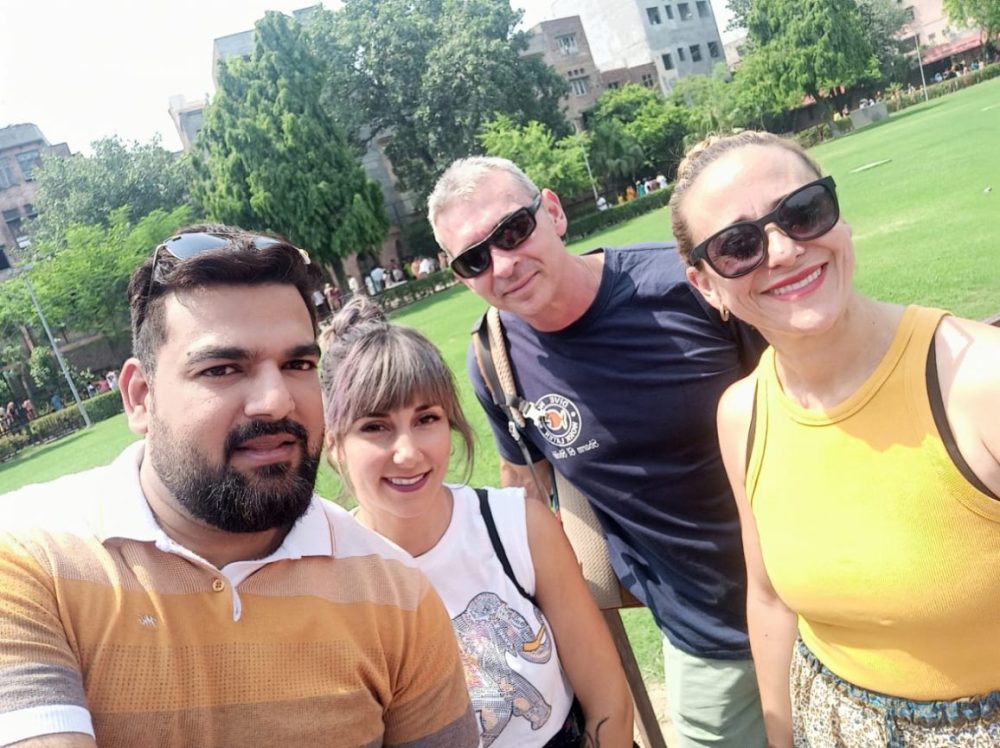
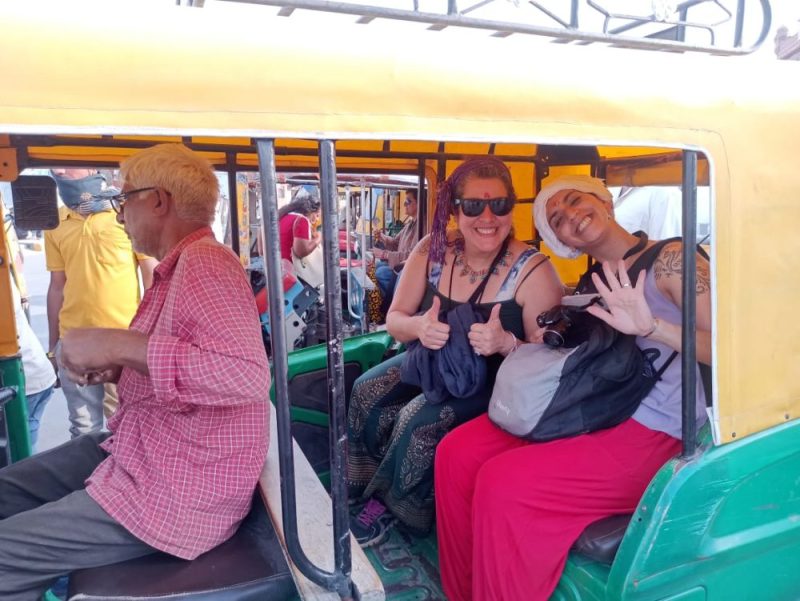
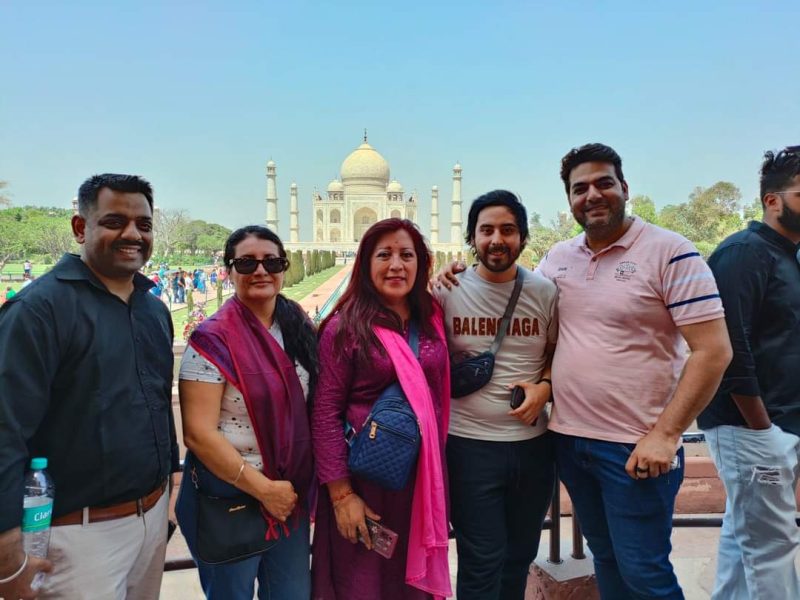
The Indian culture varies like its vast geography. People speak in different languages, dress differently, follow different religions, eat different food but are of the same temperament. So, whether it is a joyous occasion or a moment of grief, people participate whole-heatedly, feeling the happiness or pain. A festival or a celebration is never constrained to a family or a home. The whole community or neighborhood is involved in bringing liveliness to an occasion. Likewise, an Indian wedding is a celebration of union, not only of the bride and groom, but also of two families, maybe cultures or religion too! Similarly, in times of sorrow, neighbors and friends play an important part in easing out the grief.
Since ancient times, the spiritual land of India has displayed varied hues of culture, religion, race, language, and so on. This variety in race, culture, religion, etc. accounts for the existence of different ethnic groups who, although, live within the sanctums of one single nation, profess different social habits and characteristics. Regional territories in India play an important role in differentiating these ethnic groups, with their own social and cultural identities. The religions that are prevalent in the country are Hinduism, Christianity, Islam, Sikhism, Buddhism, and Jainism, with the freedom for citizens to practice any religion they want to. With the governance of 35 different states and union territories in the country, there has originated a sense of regionalism amongst the various parts, with different states displaying different cultures, which although eventually fuse through a common bond to showcase a national cultural identity. The Constitution of India has recognized 22 different languages that are prevalent in the country, out of which, Hindi is the official language and is spoken in most of the urban cities of India. Other than these 22 languages, there are hundreds of dialects that add to the multilingual nature of the country.
Handicrafts are the creative products made by the skill of the hand without the help of modern machinery and equipment. Nowadays, hand-made products are considered to be a fashion statement and an item of luxury.
India's rich cultural heritage and centuries of evolutionary tradition is manifested by the huge variety of handicrafts made all over the country. Handicrafts are a mirror of the cultural identity of the ethnic people who make it. Through the ages, handicrafts made in India like the Kashmiri woollen carpets, Zari embroidered fabrics, terracotta and ceramic products, silk fabrics etc. have maintained their exclusiveness. In the ancient times, these handicrafts were exported to far off countries of Europe, Africa, West Asia and Far East via the 'silk route'. The entire wealth of timeless Indian handicrafts has survived through the ages. These crafts carry the magnetic appeal of the Indian culture that promises exclusivity, beauty, dignity and style.
Indian handicrafts could be broadly divided into three categories: folk crafts, religious crafts and commercial crafts. Popular folk crafts that are modified according to the demands of the market become commercial crafts. Myriads of handicrafts are made for the diverse rites and rituals associated with the religious faiths of the varied ethnic groups of India. Some of the handicrafts basically meant for the religious purposes are also liked by the people for their aesthetic value.
India had always been known as the land that portrayed cultural and traditional vibrancy through its conventional arts and crafts. The 35 states and union territories sprawled across the country have their own distinct cultural and traditional identities, and are displayed through various forms of art prevalent there. Every region in India has its own style and pattern of art, which is known as folk art. Other than folk art, there is yet another form of traditional art practiced by several tribes or rural population, which is classified as tribal art. The folk and tribal arts of India are very ethnic and simple, and yet colorful and vibrant enough to speak volumes about the country's rich heritage.
Folk art in India apparently has a great potential in the international market because of its traditional aesthetic sensibility and authenticity. The rural folk paintings of India bear distinctive colorful designs, which are treated with religious and mystical motifs. Some of the most famous folk paintings of India are the Madhubani paintings of Bihar, Patachitra paintings from the state of Odisha, the Nirmal paintings of Andhra Pradesh, and other such folk-art forms. Folk art is however not restricted only to paintings, but also stretches to other art forms such as pottery, home decorations, ornaments, cloths-making, and so on. In fact, the potteries of some of the regions of India are quite popular among foreign tourists because of their ethnic and traditional beauty.
Moreover, the regional dances of India, such as the Bhangra dance of Punjab, the Dandiya of Gujarat, the Bihu dance of Assam, etc, which project the cultural heritage of those regions, are prominent contenders in the field of Indian folk art. These folk dances are performed by people to express their exhilaration on every possible event or occasion, such as the arrival of seasons, the birth of a child, weddings, festivals, etc. The government of India, as well as other societies and associations, have therefore made all efforts to promote such art forms, which have become an intrinsic part of India's cultural identity.
Indian food is different from rest of the world not only in taste but also in cooking methods. It reflects a perfect blend of various cultures and ages. Just like Indian culture, food in India has also been influenced by various civilizations, which have contributed their share in its overall development and the present form.
Foods of India are better known for its spiciness. Throughout India, be it North India or South India, spices are used generously in food. But one must not forget that every single spice used in Indian dishes carries some or the other nutritional as well as medicinal properties
Indians worship in Temples (Mandir) and before entering temples they remove their shoes and wash their hands as shoes are considered impure according to Indian culture.
Not only in temples people forbid shoes in their homes also, either one can consider it as a mark of respect to the house and honor its cleanliness and purity.
The popular reason for removing shoes is that the soles absorb impurities of the road; another reason is that shoes are made of leather which is considered impure in Hinduism as it is derived from dead animals. That is the reason why Hindus not only leave their footwear but when they sit for any pooja or any religious things they also have to remove their leather belts and wallets too if it’s of leather.
In India, as right across Asia, the left hand is for wiping your bottom, cleaning your feet and other unsavoury functions, taking off and putting on your clogs etc. Especially in religious places, receiving prasad or giving alms by the left hand is unacceptable and considered inauspicious.
Another thing is to remember that never point your finger. This is considered rude. If you must draw attention to someone or something, do so with your whole hand or thumb, Also, touching people or objects, especially books and educational instruments, with your feet is considered really disrespectful.If you accidentally do so, you should apologize straight away.
India is a mix of modern and conservative minds, and the clothing for women varies from region to region. In urban cities, like Goa, Delhi or Mumbai, you can wear whatever you like. However, in small towns and cities, especially in rural India, dressing modestly and not revealing too much skin is highly recommended.
Sure, you can wear as per your choice, and most likely no one will say anything. But first impressions count!You will get more respect by dressing conservatively. Covering your legs and shoulders (and even your head) is especially important when visiting temples in India. Also, avoid wearing strapless tops anywhere. If you do wear a spaghetti strap top, wear a shawl or scarf over it to be modest.
Indian society is conservative, particularly the older generation. Such personal acts are associated with sex and can be considered obscene in public. it’s best to avoid all public display of affection (including hand holding at some places) so you don’t have to deal with moral policing or unhappy stares.
India is a democratic country with freedom of expression, and many Indians are vocal about their views, you should avoid being the one to strike up a conversation that includes any religious or political matter, as these topics always get heated.
Indians are an inquisitive bunch. They will ask questions about your job, income, marriage and family, sometimes even during your first meeting! It’s just their way of breaking the ice.What's more, you should feel free to ask these type of questions in return. Rather than causing offense, the people you are conversing with will be pleased that you've taken such an interest in them!
It is best to carry a mineral water bottle with you at all times. Indians either boil tap water to make it potable or stick to bottled water (which is pretty cheap). Even in restaurants, order mineral water instead of regular water – it’s always better not to risk it!
In India, cash is king. Though many upscale shopping complexes, stores, restaurants and hotels have facilities to accept credit cards, there are just as many that don’t. Sometimes, debit cards are also not accepted, so in such a situation, cash is your savior. Also, access to an ATM is quite easy in the cities.
Smoking and drinking alcohol in public places is prohibited throughout the country. If you want to enjoy this stuff, do it inside licensed places. Also, consumption, possession and distribution of drugs will lead to conviction, so do not get involved in any of this.
India is culturally and linguistically diverse. There are numerous languages spoken across the country and the dialects vary from place to place.Although you can get by with English at some of the places, outside the urban centers it’s worth learning a few local words and phrases. This will help you make local friends, too, because they will feel you respect their culture.
Eating beef has always been a taboo in the country, as cows are considered sacred by the Hindus. Also, the slaughter of cows is illegal in many parts of India, and has resulted in violent protests as well. While foreign tourists are generally in the clear, it is still highly advisable to check the legality before ordering a beef dish.
Cricket is religion in India, so insulting it will definitely raise a few eyebrows. Making negative comments about the Indian cricket team won’t be appreciated either.
Goa, Delhi and Mumbai are some of the popular tourist places – and for good reason. However, there is a plethora of unexplored places in this incredibly vast and diverse country that are all worth a visit.
Lastly, it's important to keep in mind that India is a very diverse country and a land of extreme contrasts. Each state is unique and has its own culture, and cultural norms. What may be true somewhere in India, may not be the case elsewhere. There are all kinds of different people and ways of behaving in India. Hence, you should be careful not to draw blanket conclusion about the whole country based on limited experience.
India can be a little bit unnerving for the first-time visitor. The lifestyle and culture is totally different from the West. We've made a list of some important points for hassle-free and enjoyable travel in India.
| Spanish | Hindi |
| Hola | Namaste |
| Gracias | Dhanyavad |
| Si | Haan (ha) |
| No | Nahi |
| ¿Habla usted Inglés? | Kya aap angrezi bolte hain? |
| ¿Cuál es tu nombre? | Aapka naam kya hai? |
| Mi nombre es ….. | Mera naam…… hai |
| ¿Cómo estás? | Aap kaise hain? |
| No entiendo | Main samjha nahi |
| Por favor | Meherbaanii |
| Dar se prisa | Jaldi karo! |
| Cuanto | Kitnaa? |
| Adelante | Andar aaye |
| Derecha | Dahine |
| Izquierda | Bayen |
| Libro | Kitaab |
| Agua | Paanii |
| Leche | Duudh |
| Cuajada | Dahi |
| Perro | Kuttaa |
| gato | Billii |
| correoelectrónico | Bijlii kii d'aak |
| Computadora | Kompuuter |
| café | Kaafii |
| Okay | Theek hai |
| ¿Qué? | Kya? |
| ¿dónde? | Kahan? |
| ¿Cómo? | Kaise? |
| ¿Cuando? | Kab? |
| ¿OMS? | Kaun? |
| ¿Por qué? | Kyon? |
Interesting Facts about India